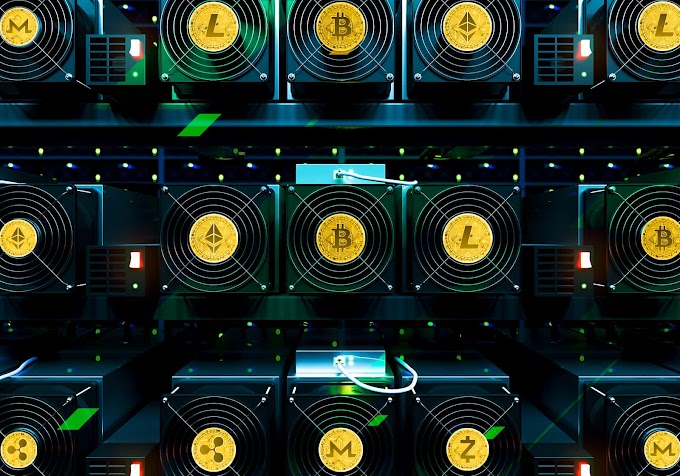 |
| image by google |
Cryptocurrencies are means of digital exchange that are, for the most part, backed by blockchain technology and have a decentralized nature. This means that its value and management are not subject to any kind of bank, service, or company.
This also influences the exorbitant value that these digital currencies present with respect to current currencies, with 1 Bitcoin being equivalent to more than 20,000 euros.
These digital currencies are not really a novelty since Bitcoin, the first of these currencies was created in 2009 by a character known as Satoshi Nakamoto.
These arose with the purpose of creating a decentralized, fast and reliable payment system, native to the digital ecosystem. And, although with their disruptive approach they sought to become the new payment alternative in digital media, their use did not proliferate.
However, in recent years cryptocurrencies have begun to gain a presence in the digital landscape, expanding their use in the market.
This is due to the penetration of blockchain technology, the appearance of NFTs, and various factors that have led to it on platforms such as PayPal or Visa.
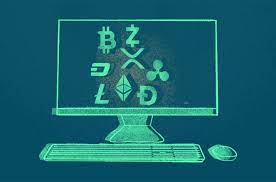 |
| image by google |
Exchanges: digital exchange houses acquire cryptocurrencies
The topic of cryptocurrencies has been on the rise lately because as we mentioned it is beginning to gain space in new places in the market.
Many people, despite the risk they pose due to their volatility, have started to use them as an investment medium. Likewise, they are the main means of purchase for NFTs, a new format of digital collectibles that has become a trend.
For this reason, it seems important to us to know a little more about these currencies: how and where to buy them, and what to do with them once we have them. For this reason, we have decided to talk in this post about exchanges, or exchange houses.
These are virtual platforms that, as their name suggests, are used to exchange all kinds of cryptocurrencies for fiat money or vice versa. The term fiat refers to any physical currency that is in circulation, that is, euros, pounds, dollars, etc.
Within these exchange houses, there are different types, with particular characteristics that are adapted to the needs of the users. These are the different exchange houses that we can currently find:
Traditional exchanges:
They work like stock exchanges. Users who buy and sell cryptocurrencies on these types of platforms accept the current market price of digital currencies established by the platform.
This type of exchange works as an intermediary and therefore they charge a fee for each transaction that is made. Normally the currency that is most used for buying and selling is the US dollar.
Direct negotiation exchanges:
There is no direct intermediary, users are the ones who make the exchanges directly. Therefore, the price of Bitcoin and that of the other cryptocurrencies is not stipulated.
The platform is in charge of putting buyers and sellers in contact according to more or less their negotiation criteria.
Cryptocurrency Brokers Exchanges:
They function as a currency exchange house, where users can exchange one cryptocurrency for another. They buy according to the market price adding a small commission.
It is a comfortable option and its rates vary according to the volume of products bought or sold.
Cryptocurrency funds:
They allow you to acquire cryptocurrencies through a fund made up of virtual currencies that are professionally managed.
What is actually bought is a part of the fund which contains cryptocurrencies, but the digital currencies themselves are not acquired.
How and where to buy cryptocurrencies safely
Next, we will see the main cryptocurrency exchange platforms, according to what was discussed in our podcast about blockchain.
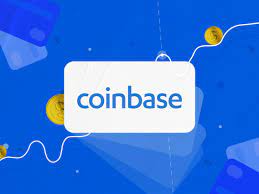 |
| image by google |
It is one of the most popular websites that you can find, fast and easy to use; it is even the most widely used globally. You can buy bitcoins by bank transfer or with your credit card with a 3.5% commission.
To do so, it is simply necessary to register on its platform and carry out the corresponding verification process. In this, they will request the verification of the DNI, or the corresponding identity document, in addition to requesting an invoice that allows corroborating the address.
Once this is done, we would have to wait for the data to be validated, we talk about 15 minutes, and voila, to buy cryptocurrencies!
 |
| image by google |
Binance, according to Google Trends, is the second most used exchange platform worldwide, being the one that leads the market in Spain and several countries in Europe and South America.
This platform has mobile and desktop applications to access from anywhere and its commissions will depend on the amount of money that is going to be spent, although with a maximum of 0.1%. In your case, the verification process can become more complex.
As we can see in the following video, it incorporates the validation of an identity document, facial verification, and a review process that can take a few days.
Binance allows you to acquire cryptocurrencies through bank transfers, debit, or credit cards and also offers a purchase option between users, that is, a direct P2P exchange.
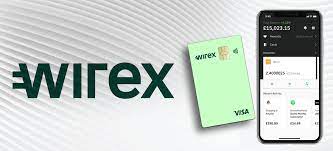 |
| image by google |
One of the most remarkable features of this platform is that it offers a free Mastercard card, which allows us to use the acquired cryptocurrencies to pay in our day-to-day life. In addition to this, it has a relatively competitive commission, since it does not exceed 1% of the transactions carried out and internal transactions between users do not have a commission.
Wirex has a verification process similar to that of Binance, after entering the corresponding identity document it is necessary to take a selfie to verify that it is the same person. Usually, the process only takes a few minutes, but in cases of greater confirmation it can take up to a few days.
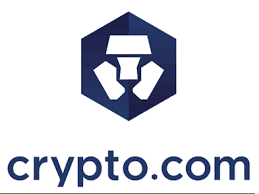 |
| image by google |
Crypto.com is one of the pioneering cryptocurrency and payments platforms with a mission to accelerate the world's transition to cryptocurrencies. It has a well-developed ecosystem, currently reaching an estimated 3 million active users worldwide.
Crypto.com is constantly adding new features and offerings to its products, including the Exchange, App, Wallet, and Visa MCO cards.
In this way, it is presented as a fairly complete option for transactions related to these digital currencies. Like the others, it has a specific verification process where the identity of the person must be confirmed.
As we can see, security is a priority for these platforms, which strengthens confidence in their use and seeks to guarantee a more pleasant experience for users.
 |
| image by google |
Finally, we have Kraken, another of the largest portals in terms of cryptocurrency trading. Its platform, like that of Coinbase and Binance, is translated into Spanish. To register we simply have to enter their website and upload the requested data, now verifying the account is a little longer.
For its verification process, this platform requires an identity document and a proof of residence document, that is, an invoice or bank statement that confirms the address.
Also request the valid Social Security Number (SSN) or ITIN (Individual Taxpayer Identification Number), the latter if you are a US citizen. And finally, a facial photo, although this only applies to clients residing in South Africa or the United States.
It also has different levels of verification, which will determine the transactions that can be made with the account and the services available.
These 5 platforms are the main exchanges in the current digital landscape, although we can carry out this type of transaction on other platforms such as PayPal, Rebellion, etc.
Now, once the platform to use has been decided, it only remains to acquire the cryptocurrencies. This is relatively easy since we would only have to set the amount we want to exchange from our local currency and choose the cryptocurrency we want, Bitcoin, Ethereum, Dogecoin, among others.
Wallets: What to do once we buy cryptocurrencies
Let's take into account that cryptocurrencies work just like physical money does, in this case, we need a place to store them and take them with us, this is where wallets or electronic wallets come in.
These applications allow you to manage the cryptocurrencies you have; not only saving them but offering transfer services, among other things.
As there are different types of exchanges, there are different electronic wallets according to the needs of each user, which are:
Hot wallets or hot purses: they are the ones that are always connected to the blockchain network, for this you need the internet. These exist online, by computer, and through smartphones.
Cold wallets or cold purses: they are those that are not connected to said network. Therefore, they are not connected to the internet.
The latter is used if you want to carry out long-term operations. This avoids some dangers such as those produced by external attacks or errors produced by the owner of the wallet. They exist in two ways: physical, it is a specific USB to store cryptocurrencies. Or in paper format, used by ATMs and allow you to exchange fiat money for bitcoins or other cryptocurrencies.
As we have seen, security is a

